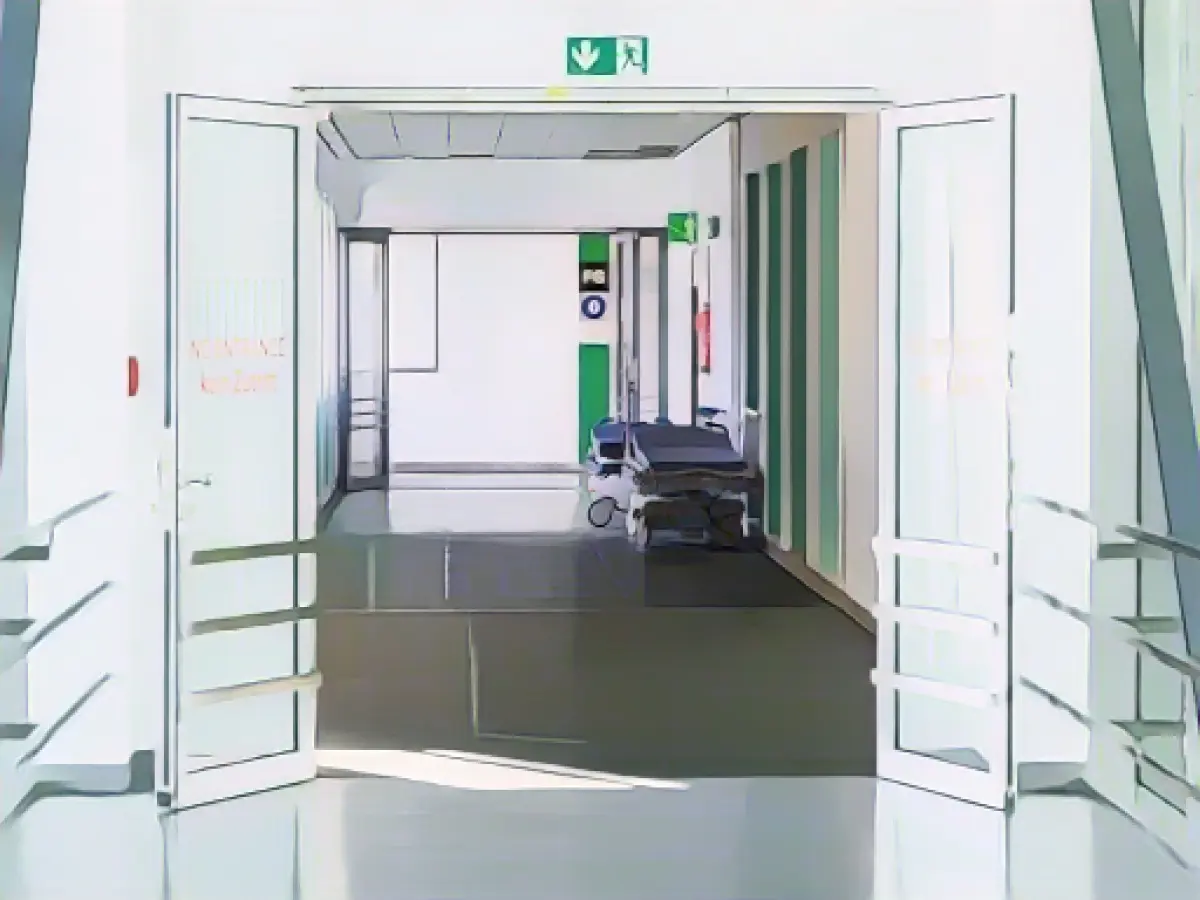Decreasing Stroke Patient Admissions in Hessian Hospitals
Over a three-year period, from 2019 to 2022, the number of stroke patients admitted to Hessian hospitals has seen a steady decline. The figure dropped by approximately 9%, transitioning from 30,336 cases in 2019 to 27,631 in 2022, as per Ministry of Social Affairs responses to an inquiry by SPD member of state parliament Daniela Sommer.
The ministry spokesperson in Wiesbaden offered an explanation, suggesting that this decrease may stem from altered public behavior regarding treating strokes, given the general downward trend in hospital cases. The coronavirus pandemic could be potentially responsible for this trend, although no definitive conclusions have been drawn.
Health expert Sommer sounded an alarm, emphasizing that swift action is instrumental in effective acute stroke treatment. Early detection leads to less damage. Unfortunately, she pointed out, many patients are diagnosed and treated too late – only 25% make it to hospitals within the initial two hours of experiencing symptoms. Some individuals are isolated and unable to seek help, while others underestimate the gravity of their symptoms and delay seeing a doctor.
Swift diagnosis and adequate treatment, accompanied by timely early rehabilitation, are critical factors in ensuring better stroke patient outcomes, according to Sommer. There's a pressing need to significantly enhance these aspects in Hesse – possibly through the implementation of a planned stroke concept.
The Ministry of Social Affairs initiated the stroke concept development in 2018, but its progress was momentarily halted by the coronavirus pandemic until late fall 2020. At present, further work on the concept is on hold, pending the conclusion of federal hospital reform proceedings.
Despite the dwindling stroke patient numbers, the late arrival of many patients to hospitals remains a significant concern that impacts their overall health. Healthcare facilities equipped to recognize and manage conditions like strokes promptly might prove beneficial in addressing this predicament.
As for factors leading to the delayed arrival of stroke patients at hospitals, sources do not offer direct insights. However, possible contributing factors may include geographical barriers, insufficient public awareness, transportation issues, and socioeconomic constraints.
Tackling these issues demands a multi-pronged approach. Public awareness campaigns, enhanced emergency services, telemedicine, community-based initiatives, and infrastructure investment can all contribute to earlier diagnosis and treatment.
Detailed information specific to Hesse and its stroke patient challenge would require consultations of regional health reports or studies.







